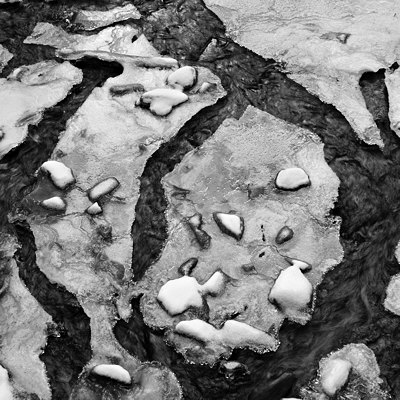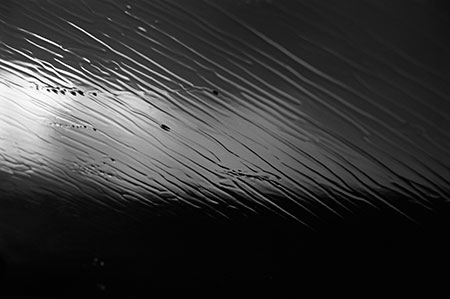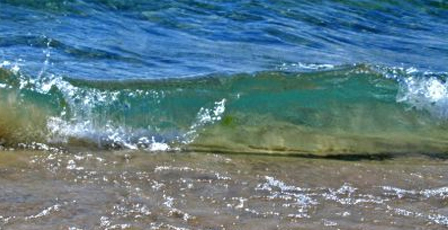I have made my living with a camera for over 20 years. Photography has been at the center of my life for perhaps double that time. Having the day job also be my creative life has lots of interesting implications.
My father prides himself on the fact that he has never taken money for his photographs. He started photography as a teenager, headed the local camera club, and at 83 he is conversant with scanner settings and monitor profiles. He is in love with the creative act of making images, and has never wanted to be hemmed in by the requirements and dictates of doing it at someone else’s behest.
It is a common solution to the dilemma of “whose work is this anyway.” There is a kind of purity in the amateur’s approach to any medium, and it is to be respected. Creative activity is an important piece of a well rounded life for many of us.
I chose a different course, because I was a really intense kid, and because I wanted no barrier between who I was and what I did. That said, it took a long time to accept that my creative voice was something I could rely on to be at the core of my livelihood. There was about a ten year period of scratching at the margins, trying to get a foothold in the profession, before it finally took hold. It wasn’t until I stopped trying to be a “commercial success”, trying to fit into a mainstream image of what my work should look like, and instead pursued the photographic vision that was most compelling to me, did I finally begin to achieve a measure of professional success and security.
There is an inevitable, and useful, tension between being a commercial photographer and being an artist trying to push against boundaries. My success as a commercial shooter is contingent upon replication–I am hired to do the same thing over and over. My economic life is dependent upon regular praise for it. But without my alternate life as an artist, pushing at new ways of seeing, the commercial work would lose its edge and quickly become stale.
I have always had personal work that I did just because I had to. I have a continuous photographic trajectory I have followed in that vein, things and environments I work on, processes I master, print quality that I value. That specific work is not what built my commercial career however. Clients don’t hire me because I can manage chaotic complexity in landscape photographs. Nonetheless, because I have my particular attentiveness to a photographic sensibility, and a relationship to my surroundings because of my camerawork, I can bring that to bear when the job is to fulfill a client’s need. It has more juice behind it, even if what I am hired to photograph has no apparent bearing on my personal work.
It means I can be both very attached to the manner in which I make photographs, be completely engaged in the situation and the way the photographs come about, while having no attachment whatever to how the photography gets used in the end. That’s what they pay me for—to stay out of the room where those decisions are made. I have a blast on assignment. I love being completely engaged on a job. I may like seeing the finished product in print, but I never think of that as the “real” work. It pays the bills, and keeps me in equipment and in frequent flyer programs. But it’s not how I identify myself in the end.






